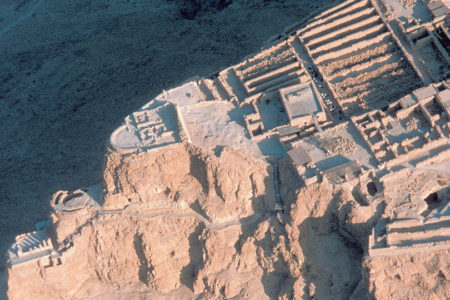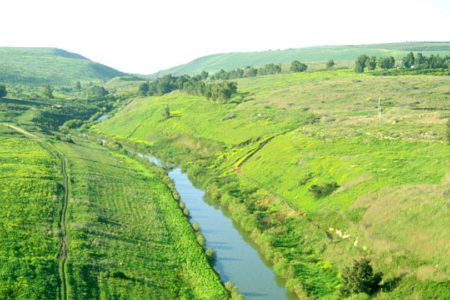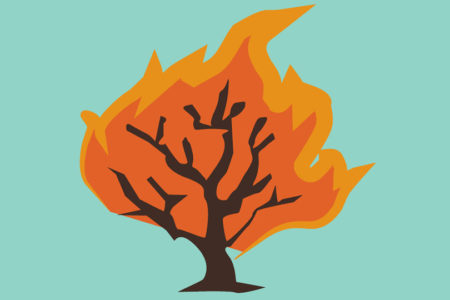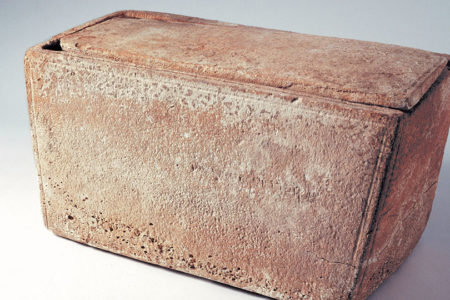Potholes in the Road Map
Just how difficult it will be to negotiate the much-ballyhooed “road map” to peace in the Middle East was summed up by Israel’s prime minister, Ariel Sharon, after the Israeli cabinet recently approved the plan with reservations. Sharon referred to the disputed territories using the word occupation.
An immediate firestorm of protests broke out, including a scolding by Israel’s attorney general because Sharon failed to use the accepted term disputed. The prime minister quickly backpedaled by saying he had been misunderstood.
In accepting the road map designed by the United States, UN, European Union, and Russia, Israel added fourteen “Road Map Remarks,” which it considers imperative to implementing the plan.
The road map, as drawn up by the Quartet, includes three phases. Here are summary observations of the central points.
Phase I: Ending Terror and Violence, Normalizing Palestinian Life, and Building Palestinian Institutions
Phase I calls on the Palestinians to affirm Israel’s right to exist, cease all violence against Israelis, end incitement, institute political reform and free elections, introduce a credible draft constitution, and create unified Palestinian security services.
Israel is called on to withdraw from Palestinian areas occupied since September 28, 2000; freeze all settlement activity; end deportations of terrorists; cease demolishing the property of terrorists; resume security cooperation with Palestinian counterparts; and facilitate freedom of movement for Palestinian officials and citizens.
Arab states are to cut off public and private funding and all other forms of support for groups supporting and engaging in violence and terror.
Phase II: Transition June 2003–December 2003
The focus is on the creation of an independent Palestinian state with provisional borders and attributes of sovereignty in preparation for a permanent-status settlement. This action is to be taken when the Palestinian people decisively confront terror and build a practicing democracy with tolerance and liberty as fundamental elements in their society.
Phase II is to begin after Palestinian elections and end with the creation of a provisional state in 2003, if Quartet monitors are satisfied that all conditions have been met.
An international conference is to be initiated by the Quartet to undertake issues regarding an inclusive, comprehensive Middle East peace, including settlement of issues between Syria, Israel, and Lebanon.
The creation of the Palestinian state is to be launched at this conference and enhance prior agreements, including Palestinian area contiguity and further action of settlements.
An important issue in Phase II is enhanced international involvement in monitoring the transition, with the active, sustained, and operational support of the Quartet.
Quartet members will, at this stage, promote international recognition of the Palestinian state, including possible UN membership.
Phase III: Permanent-Status Agreement and End of the Israeli-Palestinian Conflict—2004–2005
Featured in this conclusive stage of the process will be a second international conference convened by the Quartet at the beginning of 2004. In 2005 the envisioned permanent-status resolution, based on UN resolutions 242, 338, and 1397, will be presented. Included in the resolution will be the status of permanent borders, Jerusalem, refugees, and settlements. It also will support progress toward comprehensive agreements with Syria and Lebanon.
Finally, the road map becomes reality in ending the “occupation” that began in 1967 and includes an “agreed, just, fair, and realistic” solution to the refugee issue. It also is supposed to incorporate a negotiated resolution on the status of Jerusalem that takes into account the religious concerns of both sides; protects the religious interests of Jews, Christians, and Muslims worldwide; and fulfills the vision of two states: Israel and sovereign, independent, democratic, and viable Palestine living side by side in peace and security.
Reactions and Reservations
Reaction to the road map is divided between the near-euphoric, the bitterly opposed, and those somewhere in between who hope for the best but simply don’t think the plan can ever be implemented.
Israeli Defense Minister ShaulMofaz went on record early to say it is bad for Israel. He later told Israel Radio that the Cabinet vote to sign on to the plan was not an endorsement of the Quartet’s actual road map but rather of the concept, taking into account the government’s fourteen objections. These fourteen points relate to issues considered essential to Israel’s participation in the road map process.
Israel insists that future settlement must by reached between the two parties in accordance with President George W. Bush’s vision articulated in his June 24, 2002, address.
The focal point is the national security of the Jewish state, based on the performance of a new and radically different Palestinian leadership. In other words, the Palestinians must clearly demonstrate they intend to keep their promises and not drag Israel into another morass of “paper for performance” disasters, as they have in the past—Palestinians promise; Israelis perform.
The terrorist infrastructure must be destroyed. Rather than being ignored or somehow brought into the process, Islamist radical elements, such as Hamas, which maintain their determination to destroy Israel, must be eliminated.
Israel also insists that the Saudi plan (UN resolution 1397 calling for a return to the pre-1967 borders) not be included in the settlement. If Israel is to have secure borders, those borders must be negotiated, not subjected to arbitrary decisions made by the Saudis, Palestinians, or any outside entity.
Israel must continue to exist as a Jewish state; thus Palestinians must relinquish their claim of the “right of return.” Although Israel’s freeze on settlements and evacuation of Judea, Samaria, and the Gaza Strip remain up-front matters in the road map, the Palestinian refugee issue is allowed to be dealt with later. For Israel to be evicted from the territories while Palestinians can still negotiate for an invasion of Arab “refugees” into Israel proper is totally unacceptable.
Finally, Arab states are asked to assist rather than hinder the process through the condemnation of terrorist activity.
Overcoming the obstacles inherent in the Quartet’s plan seems, in many respects, all but insurmountable. In the final analysis, only the Israelis and Palestinians will have the final word.







